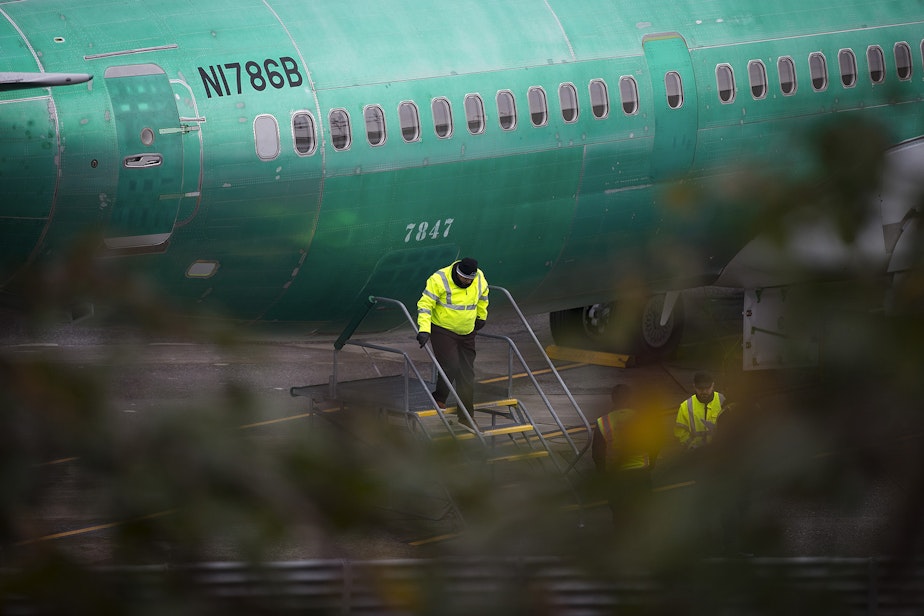This is how the Boeing layoffs are going down

Boeing's layoffs are cutting deep into the ranks of Machinists and engineers. These documents reveal how much Boeing had staked on building planes.
It takes an assembly of rarefied knowledge, skill and talent to build a plane. Boeing has always said it values the knowledge its people have. Now, in what may be only a first round of layoffs, the company is being forced to shed the very talent it has worked to develop and acquire.
Machinists and SPEEA unions have posted layoff lists on their websites. A total of 1,239 engineers and technical employees represented by SPEEA are losing workers.
But the Machinists are losing the most: 3,792 workers. Their list shows the company shedding hundreds of assembly jobs — jobs it had continued to hire through the 737 MAX crisis, which began in March 2019.
Assembly job categories 30104 and 30304 contain over 3,000 workers apiece and are shedding hundreds now. But those being laid off are mostly hires that took place after the MAX crisis got rolling, showing how Boeing committed through the crisis to producing and delivering jets.
Sponsored
Coronavirus layoffs
The Machinists list shows Boeing is now having to lay off people it hired earlier this year, before the pandemic's impact on air travel.
Those workers face the loss of their health care when they are laid off on July 31. Workers who will have been at Boeing for more than a year at that point will receive six months of protection.
Machinists operate their layoff lists by seniority and that’s reflected in their list, which identifies how many are leaving in each job category and how deep into the ranks the cuts go.
At SPEEA, the process is different. Engineers are assigned a ranking by their managers based on their perception of their ability.
Sponsored
One is the top rank, 3 is the lowest: new workers are a 3. When there are layoffs, 3s go first. An engineer must work 20 years before they are at least partially shielded from the ranking system. At 20 years, an engineer ranked a 3 gets bumped to a 2. As cuts get deeper they push into the higher ranks.
Retraining
These documents show that in this layoff wave, 12 percent of Machinists, 10 percent of SPEEA engineers, and 21 percent of SPEEA technical staff are affected.
These workers are entering a job market in manufacturing and aerospace that is being pummeled by the impacts of the pandemic. There's a lot of uncertainty about where the opportunities will be.
Both the Machinists and SPEEA have jointly applied for a federal Trade Act program that would give workers money for training, job search and relocation help: no word yet on whether these benefits are approved.
Sponsored
Brain drain
These are losses of skill and talent that were assets to the Boeing Company, and ones Boeing CEO David Calhoun said he had wanted to avoid. The layoffs add to loss of talent triggered by the voluntary resignations the company asked for earlier this year. SPEEA says 1,304 of its workers took advantage of that offer. The union says most of these workers are on their way to retirement, not new jobs.
This story will be updated.



